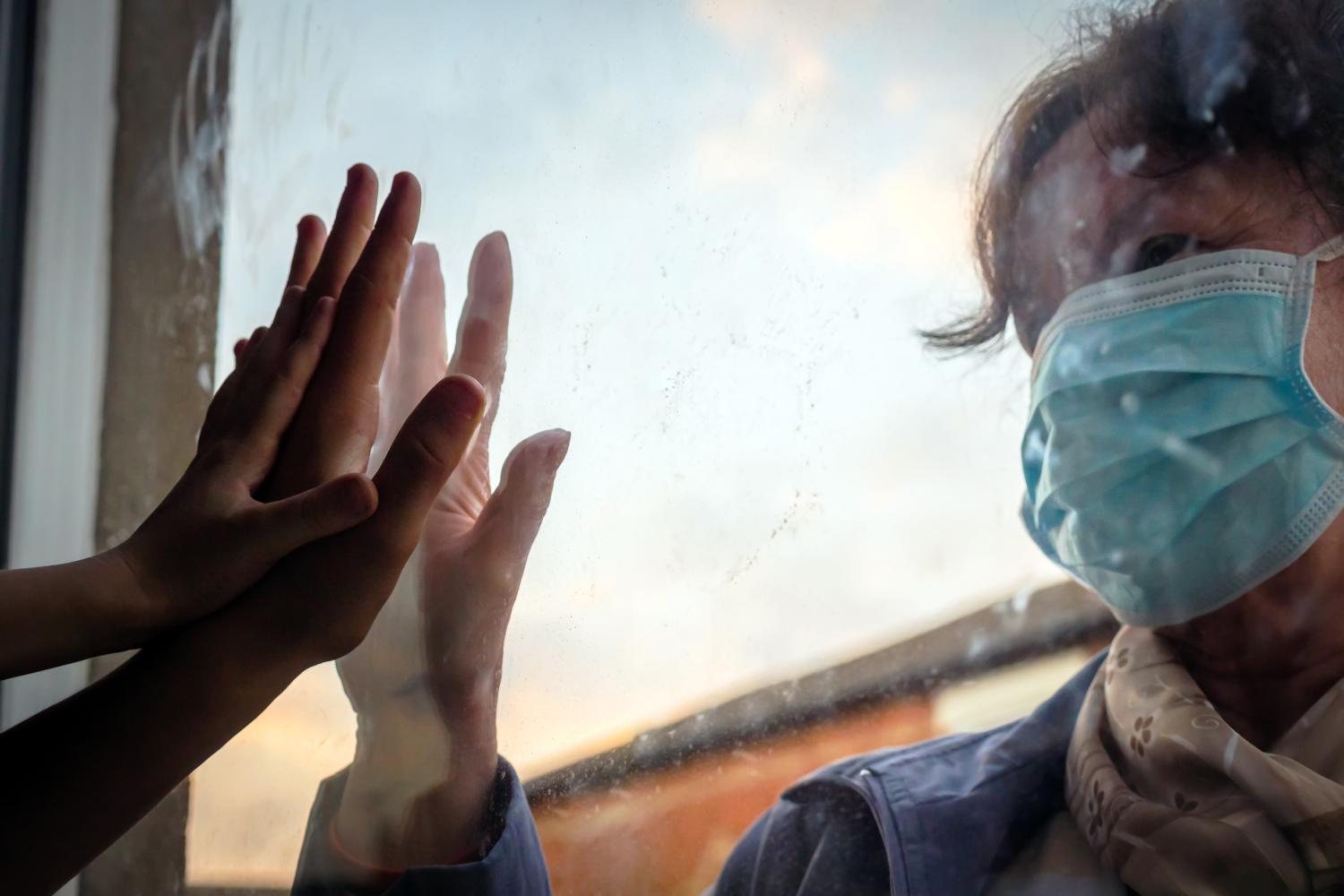This paper is part of the Summer 2020 special edition of the Brookings Papers on Economic Activity, the leading conference series and journal in economics for timely, cutting-edge research about real-world policy issues. The editors are Brookings Nonresident Senior Fellow and Northwestern University Professor of Economics Janice Eberly and Brookings Nonresident Senior Fellow and Harvard University Professor of Economics James Stock. Submit a proposal for future BPEA conferences here.
People voluntarily spent considerably more time at home in response to the threat of the COVID-19 pandemic, even before state and local governments issued stay-at-home orders, according to a paper discussed at the Brookings Papers on Economic Activity conference on June 25. As the orders are phased out and the weather improves, people are spending somewhat more time outside the home, it finds.
In Mandated and voluntary social distancing during the COVID-19 epidemic, the authors analyzed cell-signal data from phones and other smart devices. They found that average time spent at home increased by 49 percent—from 9.1 hours a day to 13.6 hours—during the early weeks of the pandemic (between March 1 and April 15, a time of the year when time spent at home usually declines). As states began to ease business closures and stay-at-home restrictions and the weather improved in many locations, time spent at home decreased by 9.5 percent—from 13.6 hours to 12.3 hours between April 15 and May 15. The authors then correlated the mobility data with informational events and government policy actions.
They found that people responded much more strongly to early informational events, such as emergency declarations and announcements of the first local COVID-19 cases and deaths, than they did to orders from authorities. For instance, mobility declined substantially in all states, even in states without stay-at-home orders. (Emergency declarations, though government actions, are considered informational because they convey the situation is serious but do not impose restrictions.)
Likewise, the authors found that relaxing business closures and stay-at-home orders coincided with an increase in mobility but suggest that other factors, such as improved weather and news of declining COVID-19 cases and deaths, may have played a larger role.
“People practice social distancing in reaction to information and apprehension regarding the virus, not just in reaction to state closure or reopening mandates,” write the authors—Sumedha Gupta, Kosali I. Simon, and Coady Wing of Indiana University.
The authors, in an interview with The Brookings Institution, said their findings suggest that providing people with timely and accurate information and implementing targeted policies, such as protections for the elderly, might be as effective in containing the virus as broad policies such as ordering all but essential businesses to close.
“Given the high costs of broad closures, it behooves researchers to examine possible targeted approaches,” they write.
David Skidmore authored the summary language for this paper.
CITATION
Gupta, Sumedha, Kosali Simon, and Coady Wing. 2020. “Mandated and Voluntary Social Distancing During the COVID-19 Epidemic.” Brookings Papers on Economic Activity, Summer, 269-315.
CONFLICT OF INTEREST DISCLOSURE
The authors did not receive financial support from any firm or person for this paper or from any firm or person with a financial or political interest in this paper. They are currently not officers, directors, or board members of any organization with an interest in this paper. No outside party had the right to review this paper before circulation. The views expressed in this paper are those of the authors, and do not necessarily reflect those of Indiana University.






